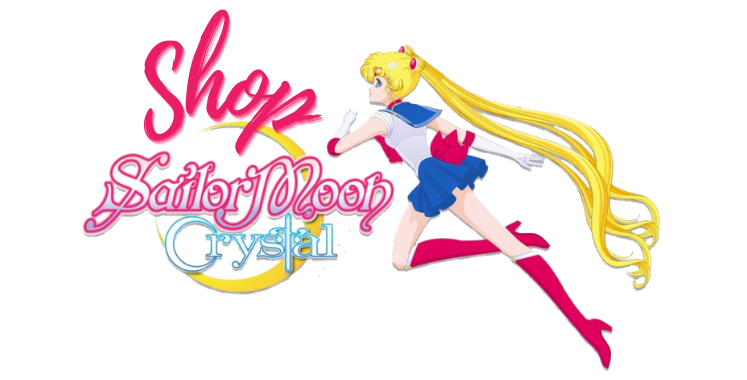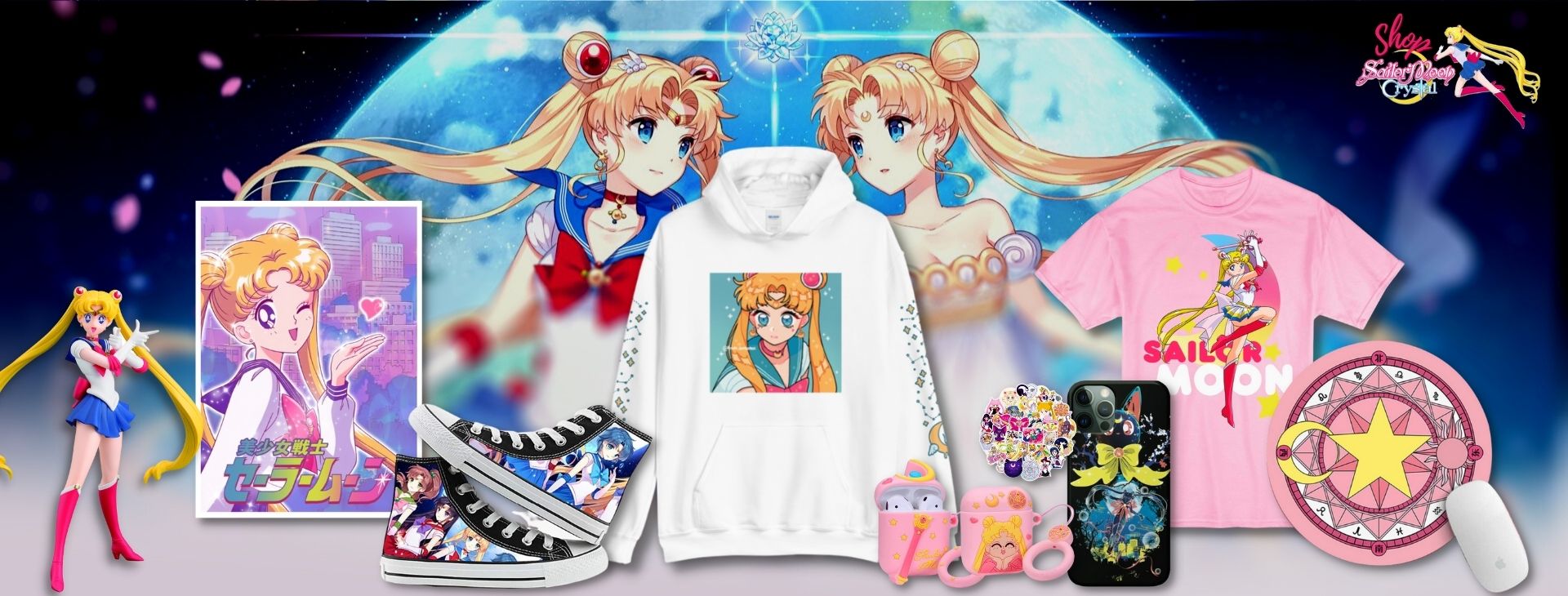Nicht kategorisiert
The Art of Chainsaw Man: Analyzing Tatsuki Fujimotos Illustrations
The world of manga has seen a significant transformation with the advent of series that blend unique storytelling with intricate artwork. One such series that has captured the hearts of fans worldwide is “Chainsaw Man,” crafted by the talented Tatsuki Fujimoto. His illustrations not only tell a gripping story of demons and devils but also showcase a distinct art style that is raw, energetic, and deeply expressive. Fujimoto’s illustrations play a critical role in enhancing the narrative, making every panel an experience of its own. From character designs to battle scenes, each stroke of Fujimoto’s pen serves to immerse readers into the chaotic universe of Chainsaw Man.
The Unique Style of Tatsuki Fujimoto
Fujimoto’s art style is characterized by its sketchy and almost chaotic aesthetic, which perfectly mirrors the tumultuous life of the protagonist, Denji. His ability to capture dynamic motion can be seen in battle sequences where the movement feels visceral and immediate. The characters are often rendered with exaggerated features and postures, which align with their personalities—Denji’s simplicity, Makima’s enigmatic presence, and Power’s ferocity. The grunge-like quality of the artwork draws readers into a world that feels both unsettling and relatable, as it reflects the struggles of everyday life woven with supernatural elements. Fujimoto’s occasional use of monochrome highlights specific emotions and themes, encouraging readers to engage with the narrative on a deeper level.
Symbolism and Themes in Illustrations
Every page of Chainsaw Man is replete with symbolism, enhancing the emotional depth of the story. For instance, the chainsaw itself serves as a powerful symbol of Denji’s desire for freedom, security, and ultimately, humanity. The way Fujimoto illustrates the chainsaw—often depicted as grotesque yet powerful—parallels Denji’s journey from a troubled past to a complex hero. The visceral illustrations of the devils and the dangers they embody not only add to the horror element of the series but also serve as metaphors for the internal demons everyone faces. Each character’s design reflects their struggles, aspirations, and fears, cementing the bond between the reader and the narrative’s emotional core.
The Expanding Universe of Chainsaw Man merchandise
The art of Chainsaw Man has inspired a rich array of merchandise that allows fans to connect even further with Fujimoto’s universe. From figurines and posters to clothing line collaborations, the merchandise encapsulates the essence of the series. Many pieces feature iconic illustrations that embody pivotal moments or fan-favorite characters, allowing fans to carry a piece of the Chainsaw Man world with them. Moreover, special editions of manga volumes often come with art booklets showcasing Fujimoto’s sketches and behind-the-scenes insights into the creative process. This not only offers a glimpse into the artist’s mind but also resonates with the appreciation fans have for the artistry behind their favorite series.
The Lasting Impact of Fujimoto’s Illustrations
In conclusion, Tatsuki Fujimoto’s artistic prowess and storytelling acumen create a compelling tapestry that has elevated Chainsaw Man to phenomenal heights in the manga landscape. His unique style, rich in symbolism and emotion, invites readers to immerse themselves in a story that is both fantastical and grounded in reality. As the merchandise continues to expand, it not only reflects the popularity of the series but also serves to celebrate the artistry that Fujimoto has brought to life. As we continue to explore the complexities of Chainsaw Man, it becomes clear that the art of Tatsuki Fujimoto is not just a component of the series—it is the beating heart that drives its narrative forward.

